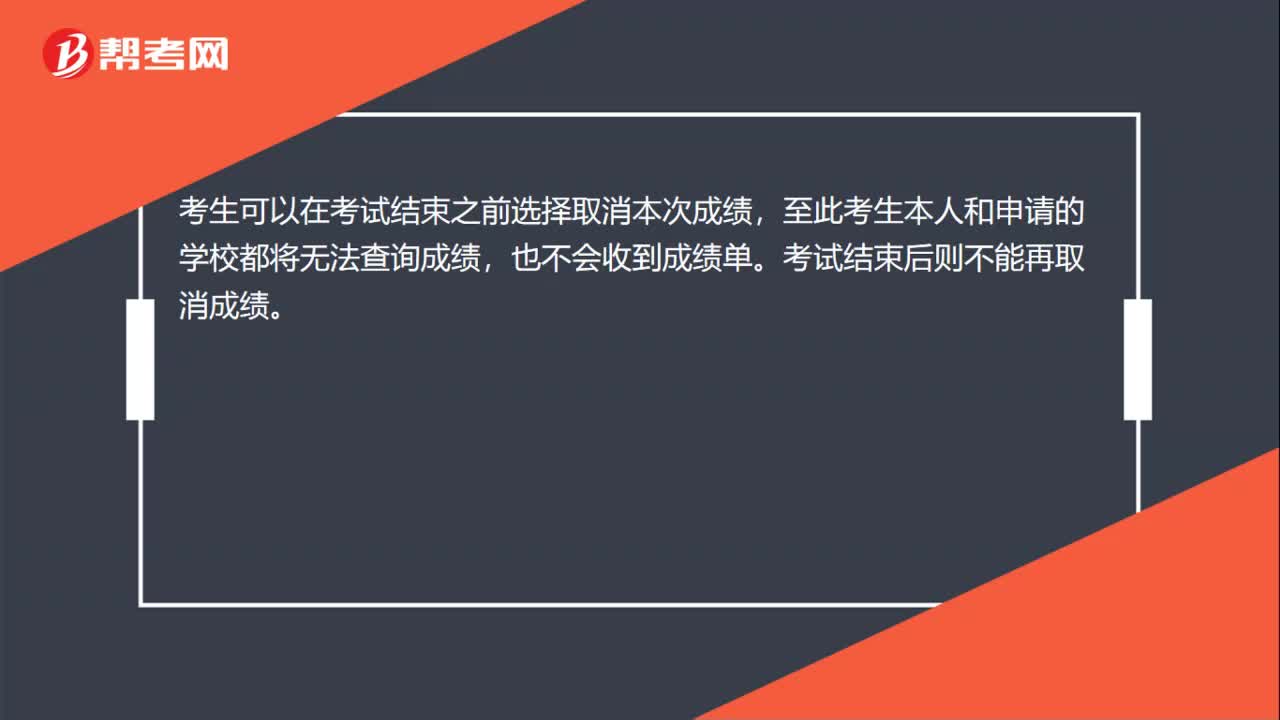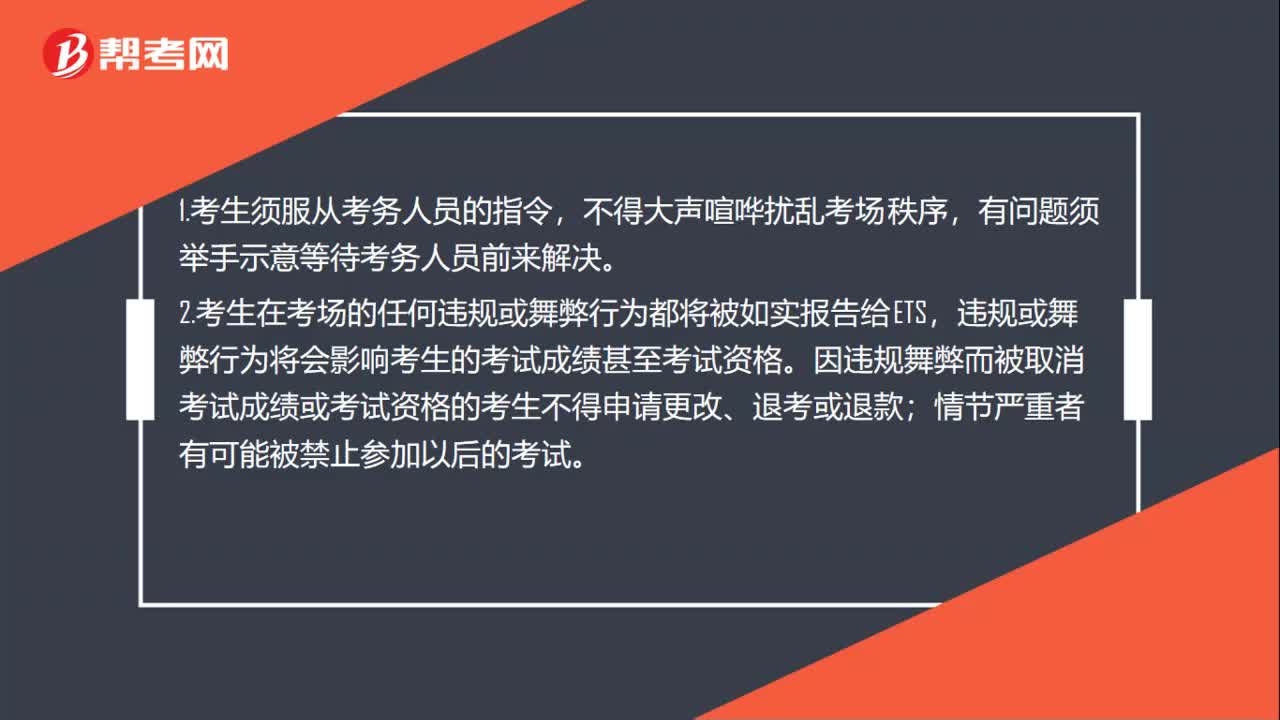
下载亿题库APP
联系电话:400-660-1360

下载亿题库APP
联系电话:400-660-1360

请谨慎保管和记忆你的密码,以免泄露和丢失

请谨慎保管和记忆你的密码,以免泄露和丢失

小伙伴们,今天的你有没有好好复习呢?好的成绩是坚持不懈的努力得来的,所以快和帮考网一起来练习吧!
托福阅读模拟试题
The sculptural legacy that the new United States inherited from its colonial predecessors was far from a rich one, and in fact, in 1776 sculpture as an art form was still in the hands of artisans and craftspeople. Stone carvers engraved their motifs of skulls and crossbones and other religious icons of death into the gray slabs that we still see standing today in old burial grounds. Some skilled craftspeople made intricately carved wooden ornamentations for furniture or architectural decorations, while others caved wooden shop signs and ships\' figureheads. Although they often achieved expression and formal excellence in their generally primitive style, they remained artisans skilled in the craft of carving and constituted a group distinct from what we normally think of as sculptors in today\'s use of the word.
On the rare occasion when a fine piece of sculpture was desired, Americans turned to foreign sculptors, as in the 1770\'s when the cities of New York and Charleston, South Carolina, commissioned the Englishman Joseph Wilton to make marble statues of William Pitt. Wilton also made a lead equestrian image of King George III that was created in New York in 1770 and torn down by zealous patriots six years later. A few marble memorials with carved busts, urns, or other decorations were produced in England and brought to the colonies to be set in the walls of churches — as in King\'s Chapel in Boston. But sculpture as a high art, practiced by artists who knew both the artistic theory of their Renaissance-Baroque-Rococo predecessors and the various technical procedures of modeling, casting, and carving rich three-dimensional forms, was not known among Americans in 1776. Indeed, for many years thereafter, the United States had two groups from which to choose — either the local craftspeople or the imported talent of European sculptors.
The eighteenth century was not one in which powered sculptural conceptions were developed. Add to this the timidity with which unschooled artisans — originally trained as stonemasons, carpenters, or cabinetmakers — attacked the medium from which they sculpture made in the United States in the late eighteenth century.
1. What is the main idea of the passage ?
(A) There was great demand for the work of eighteenth-century artisans.
(B) Skilled sculptors did not exist in the United States in the 1770\'s.
(C) Many foreign sculptors worked in the United States after 1776.
(D) American sculptors were hampered by a lack of tools and materials.
2. The word motifs in line 3 is closest in meaning to
(A) tools
(B) prints
(C) signatures
(D) designs
3. The work of which of the following could be seen in burial grounds?
(A) European sculptors
(B) Carpenters
(C) Stone carves
(D) Cabinetmakers
4. The word others in line 6 refers to
(A) craftspeople
(B) decorations
(C) ornamentations
(D) shop signs
5. The word distinct in line 9 is closest in meaning to
(A) separate
(B) assembled
(C) notable
(D) inferior
6. The word rare in line 11 is closest in meaning to
(A) festive
(B) infrequent
(C) delightful
(D) unexpected
7. Why does the author mention Joseph Wilton in line 13?
(A) He was an English sculptor who did work in the United States.
(B) He was well known for his wood carvings
(C) He produced sculpture for churches.
(D) He settled in the United States in 1776.
8. What can be inferred about the importation of marble memorials from England?
(A) Such sculpture was less expensive to produce locally than to import
(B) Such sculpture was not available in the United States.
(C) Such sculpture was as prestigious as those made locally.
(D) The materials found abroad were superior.
9. How did the work of American carvers in 1776 differ from that of contemporary sculptors?
(A) It was less time-consuming
(B) It was more dangerous.
(C) It was more expensive.
(D) It was less refined.
答案:BDCAA BABD
以上就是本次帮考网和大家分享的全部内容了,希望小伙伴们能够继续努力,相信最后一定会取得好成绩的。关注帮考网,还有更多有关考试练习在等着你哦!
 22
22托福考试中能否取消考试成绩?:托福考试中能否取消考试成绩?考生可以在考试结束之前选择取消本次成绩,至此考生本人和申请的学校都将无法查询成绩,也不会收到成绩单。考试结束后则不能再取消成绩。
 32
32托福考试如何计分?:托福考试如何计分?托福考试的四个环节,分数由电脑自动生成和人工评分(经过专业培训的权威人士)两部分组成,确保分数的公平及准确性。只有托福考试采用这种多人评分机制,通过不记名方式,由多名接受过严格培训的考官予以评分,过程经过质量监控,达到高标准的公平性与客观性。
 43
43托福考试的考场规则是什么?:托福考试的考场规则是什么?1.考生须服从考务人员的指令,不得大声喧哗扰乱考场秩序,有问题须举手示意等待考务人员前来解决。2.考生在考场的任何违规或舞弊行为都将被如实报告给ETS,违规或舞弊行为将会影响考生的考试成绩甚至考试资格。因违规舞弊而被取消考试成绩或考试资格的考生不得申请更改、退考或退款;情节严重者有可能被禁止参加以后的考试。